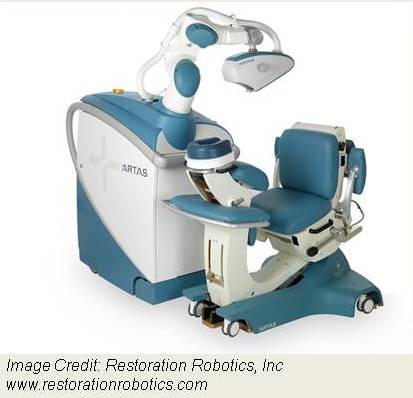Follicular Unit Extraction (FUE) in Black Men and Women
Follicular Unit Extraction (FUE) in Black Men and Women
In a hair transplant, there are two main ways of removing hairs from the back of the scalp or 'donor area' :
1. Follicular unit extraction (FUE)
2. Follicular unit strip harvesting (FUSS)
Both methods can give great results and there are advantages and disadvantages of each. Men who plan to shave their scalp in the future (or wear their hair very short) prefer the FUE method because the linear scar is not seen.
FUE Techniques in Black Men and Women
There are several factors that influence whether someone is a candidate for FUE. One of these is the shape and curl of the patient's hair follicles. It is much easier to extract hairs by FUE in men and women with straight hair than men and women with curly hair. The structure of hair in black men and women is such that it is curlier than caucasian and asian hair. The curlier the hair, the more difficult it is to predict the path that the hair follows under the scalp and the more likley these hairs are to be damaged by FUE. We call this damaged 'transection.' Curlier hair is much more likely to be transected during FUE. It's for this reason that a proportion of black men and women are not good candidates for FUE.
Compare the photos below of follicular units in a caucasian hair (above):
with photos of follicular units from a black hair (below):
You'll note the hairs are much curlier in black hair.
Conclusion
I often recommend performing a short 'test session' prior to hair transplant surgery to ensure 100 % that hair follicles will be easy to harvest on the day of surgery and to ensure that the follicles will not be subjected to excessive damage. Indeed a 30 minute test procedure for the patient in photo 2 peformed 4 weeks before a scheduled hair transplant confirmed that it was still possible to extract follicle by FUE with minimal damage (transection).
This blog has been filed into the following folders:
This article was written by Dr. Jeff Donovan, a Canadian and US board certified dermatologist specializing exclusively in hair loss.



